A fossil of a brand new species of ancient snake has been uncovered in India, and it may have been one of the largest snakes to have ever existed.
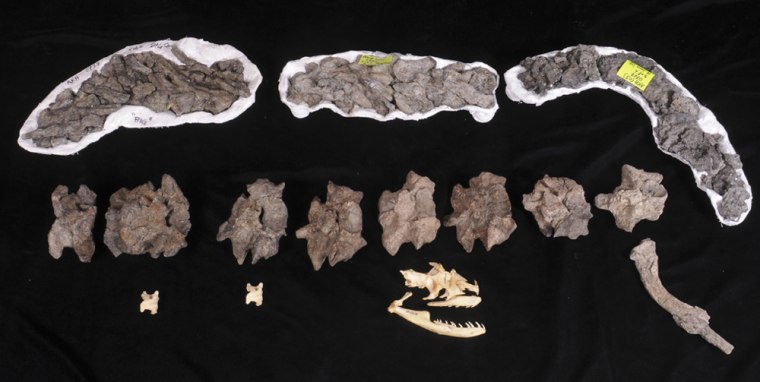
The ancient species, Vasuki indicus, is thought to have lived around 47 million years ago and measured between 36 and 50 feet long, according to a new paper in the journal Scientific Reports.
In comparison, the largest modern-day snakes are the Burmese python and the reticulated python, which can grow up to 19 feet and 32 feet, respectively.
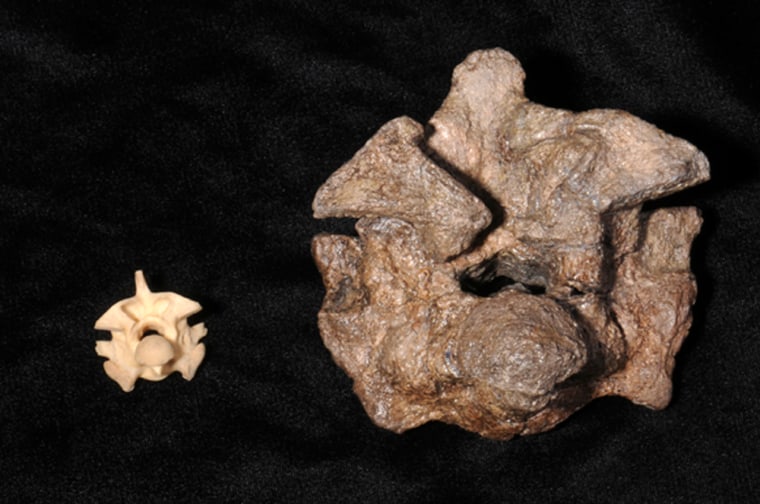
The fossil was discovered in the Panandhro Lignite Mine in the Indian state of Gujarat, right by the Pakistan border. The snake is thought to belong to the Madtsoiidae family, which was an ancient lineage of snakes that lived for about 100 million years, between the Late Cretaceous and the Late Pleistocene periods.
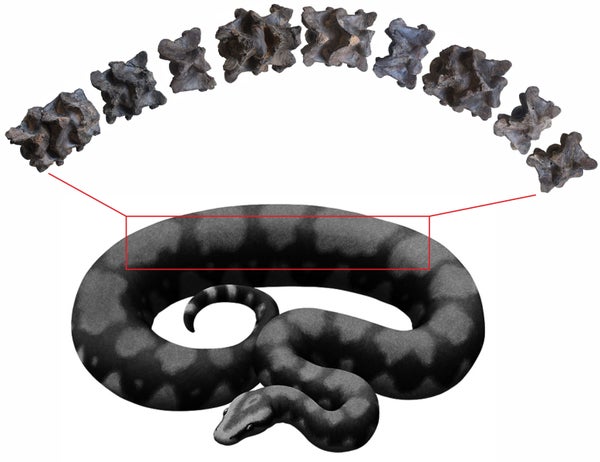
“The most important result of our study is the identification of this exceptionally large snake which not only adds to the existing knowledge of madtsoiid snakes but also adds to the known diversity of snakes from the Cenozoic of India,” study author Debajit Datta, a paleontologist at the Indian Institute of Technology Roorkee

“The large size of Vasuki suggests that the tropics were comparatively warmer than at present. This is because previous studies works have shown a correlation between increase in ambient temperature and body size of poikilotherms (e.g., snakes). The internal body temperature of these animals varies with the temperature of their environment.”
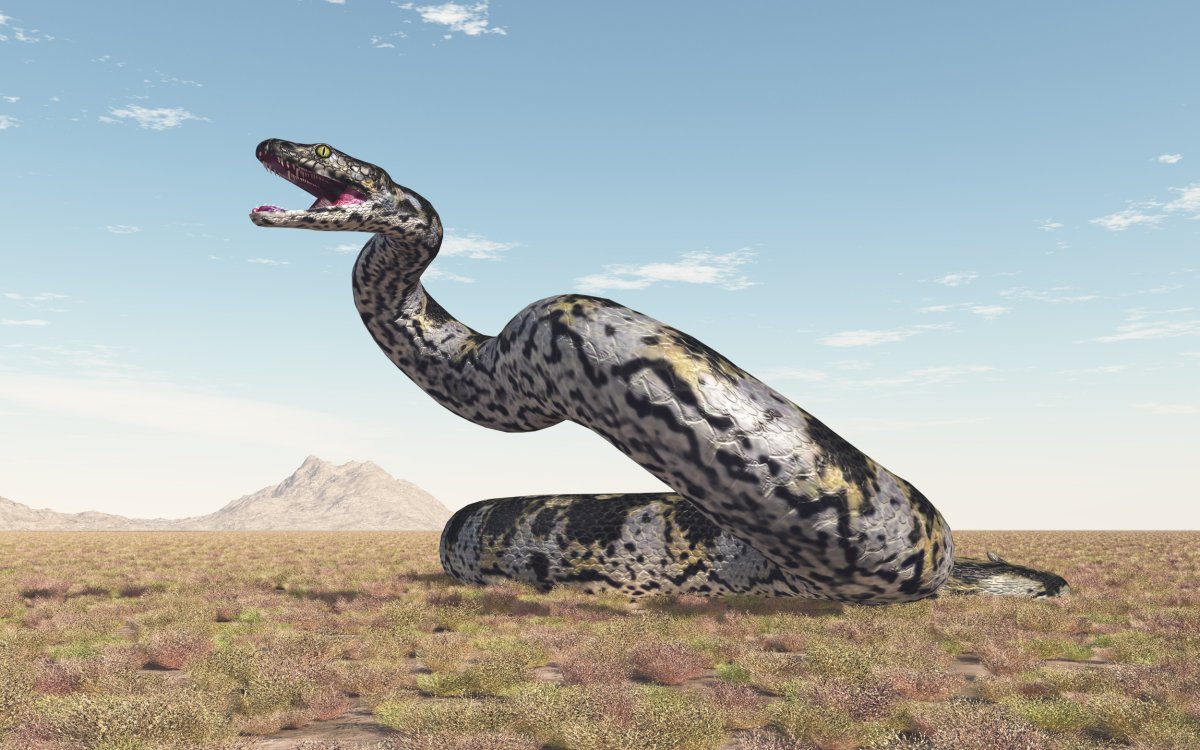
The researchers suggest that Vasuki indicus belonged to a group of large madtsoiids that first evolved on the Indian subcontinent and dispersed through southern Europe to Africa during the Eocene epoch, between 56 and 34 million years ago.
“Our study has also shown that these snakes moved from India to north Africa through southern Eurasia after the Indian subcontinent collided with Asia around 50 million years ago,” Datta said.
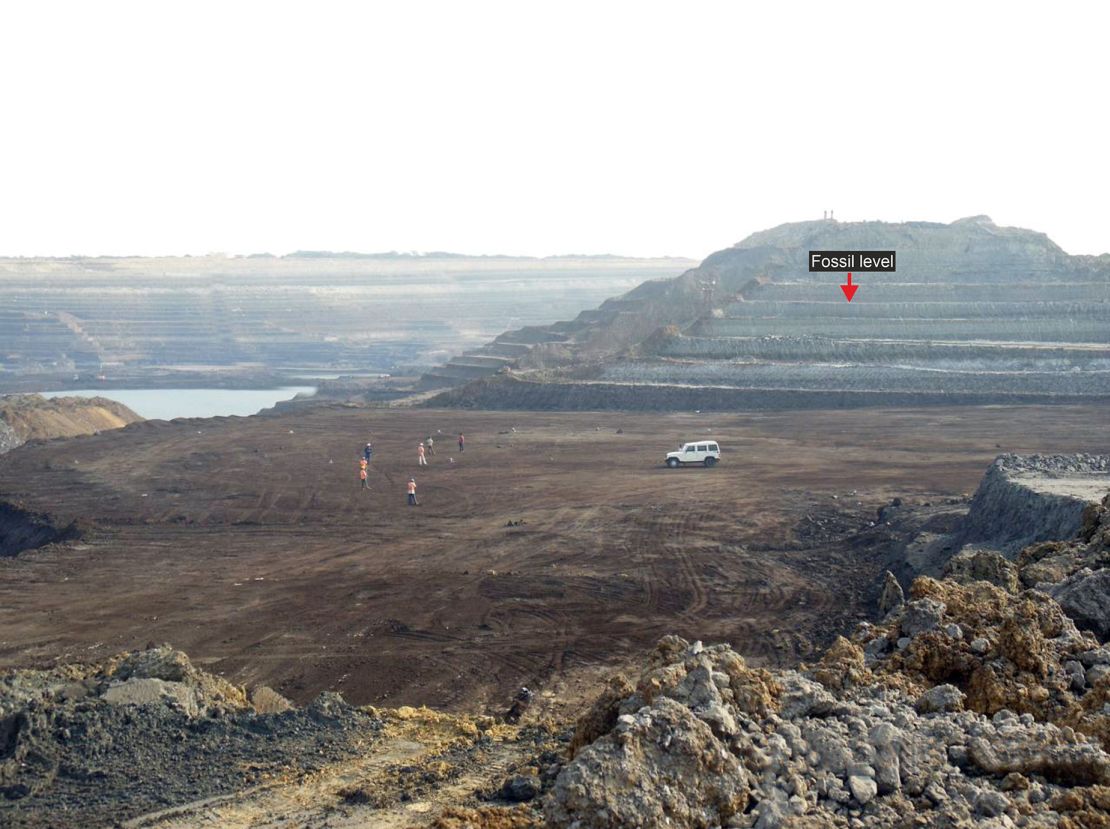
The researchers uncovered 27 vertebrae of this snake, each of which was between 1.5 and 2.5 inches long, calculating its body length from what they uncovered. At a maximum of 50 feet long, Vasuki indicus may be as large as the Titanoboa, which was the longest snake to have ever lived.
“We formulated allometric equations by equating body length with transverse width of vertebrae. To formulate these equations data from a variety of extant (living) snakes was used,” Datta said. “Our data suggests that Vasuki was only slightly smaller in length than Titanoboa. However, we cannot entirely rule out the possibility of Vasuki being larger than Titanoboa, because the vertebrae in our collection may not have come from the largest individual of Vasuki. The same, however, is true of Titanoboa.”
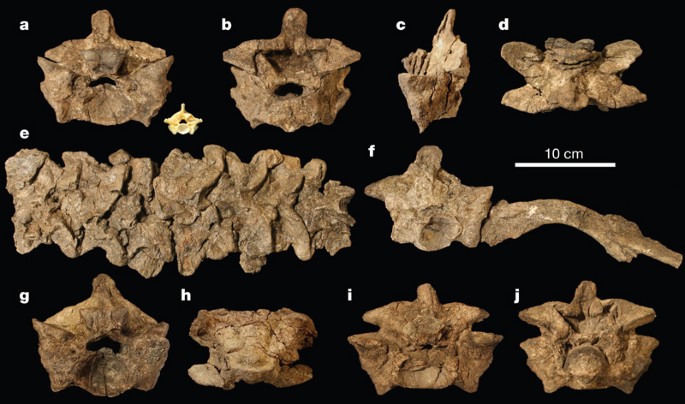
Titanoboa was a massive snake that lived approximately 58 to 60 million years ago during the Paleocene epoch, just after the extinction of the dinosaurs. The first fossils of Titanoboa were discovered in 2009 in the coal mines of Cerrejón in La Guajira, Colombia. The warm climate of the time, with temperatures significantly higher than today, was crucial for the cold-blooded Titanoboa to maintain its massive body size.
Vasuki indicus—named for Vasuki, the mythical snake depicted around the neck of the Hindu god Shiva—is thought to have been a slow-moving beast that ambushed its prey rather than chasing them down, similar to how present-day anacondas hunt.

“In spite of the uncertainties associated with the locomotory mechanism of Vasuki, it was perhaps too large to be an active forager and was more likely an ambush predator that would subdue its prey through constriction, similar to modern anacondas and large-bodied pythonids,” the researchers wrote in the paper.
This snake and others like it went extinct long ago, possibly due to the influence of ancient humans or a changing climate.
“Changes in climatic conditions, possibly leading to decrease in global temperatures, and the resultant changes in the ecosystem played a major role in the extinction of these snakes. Excessive hunting by early humans was possibly another reason for extinction of these snakes,” Datta said.





